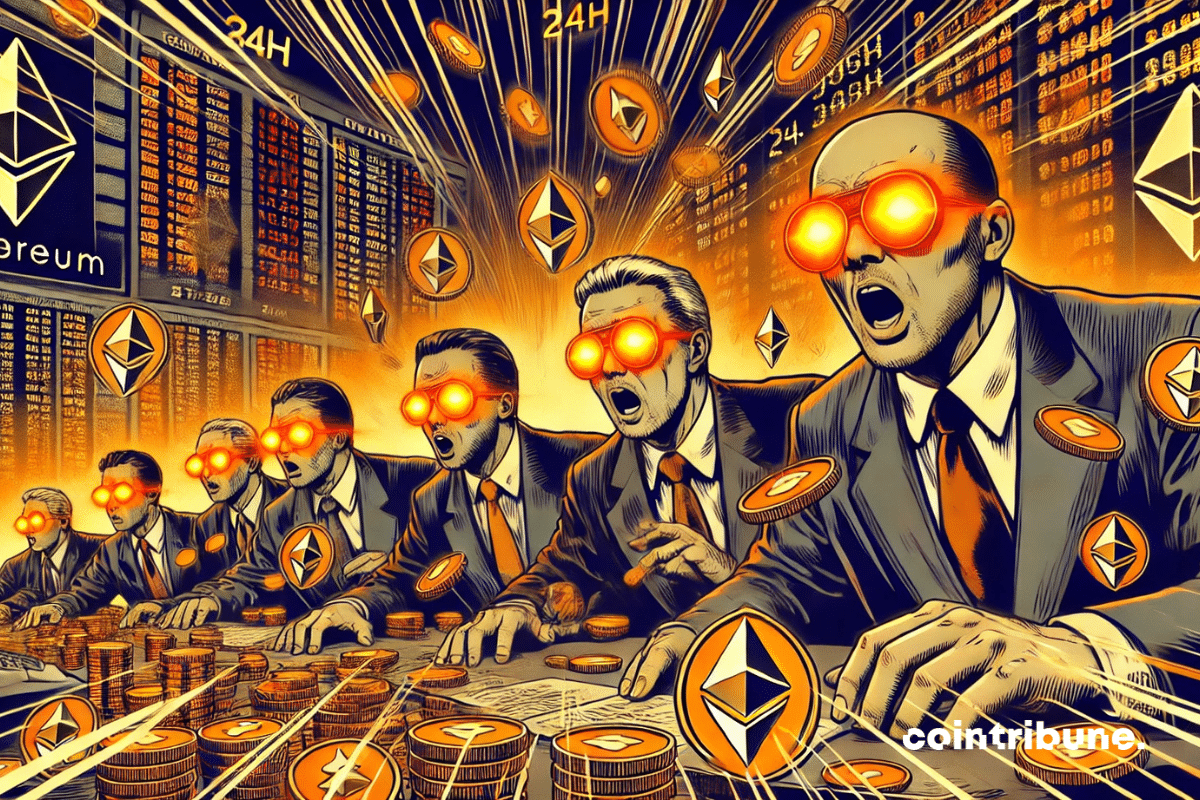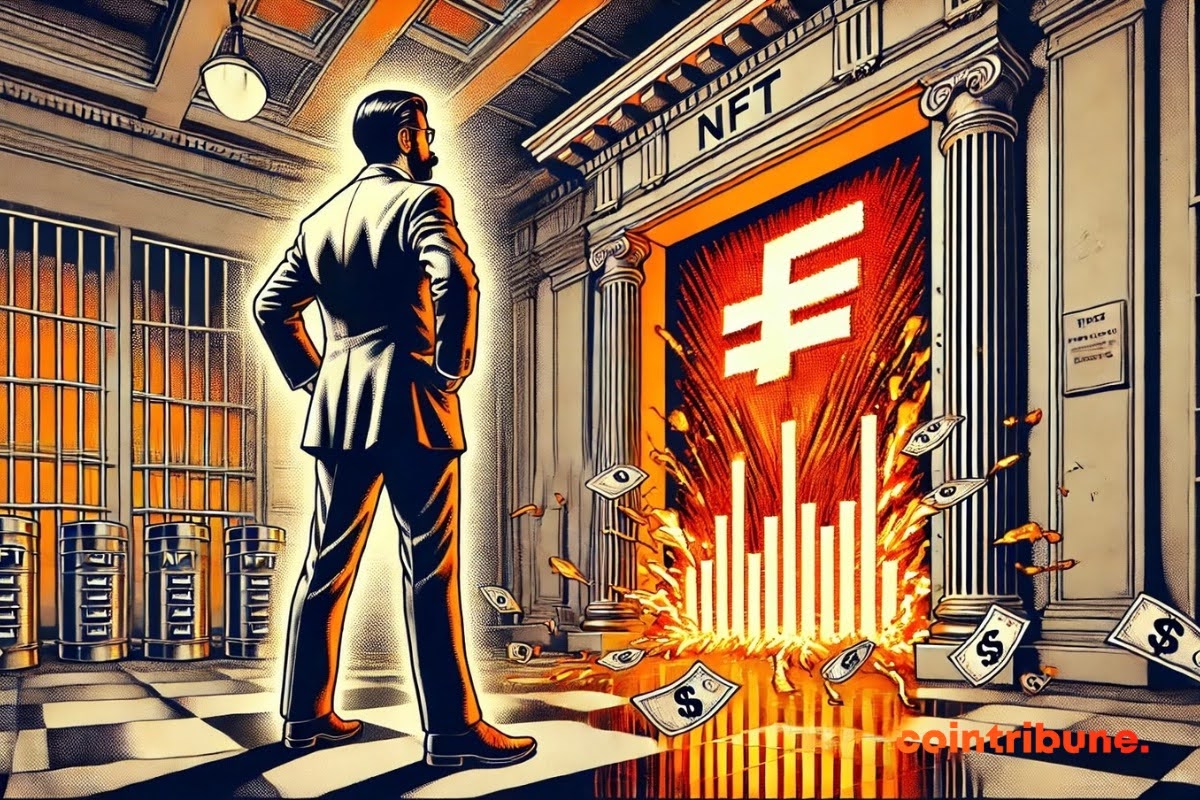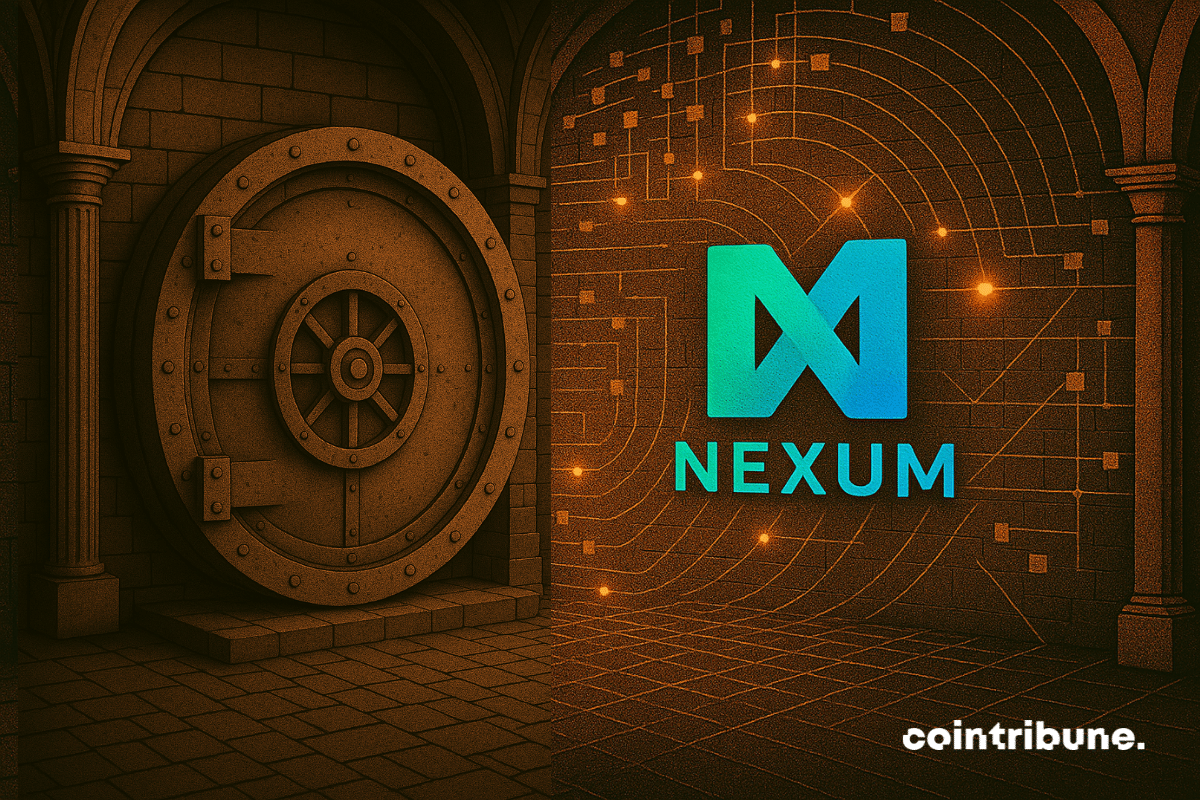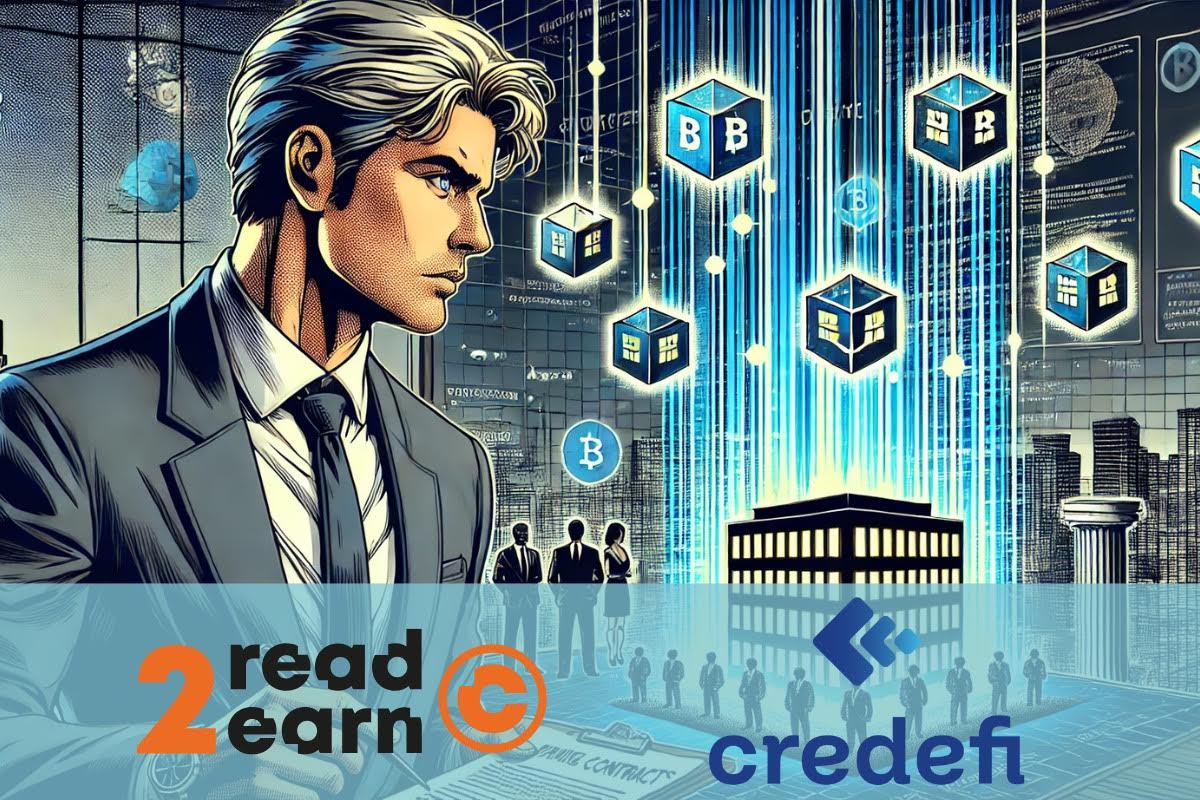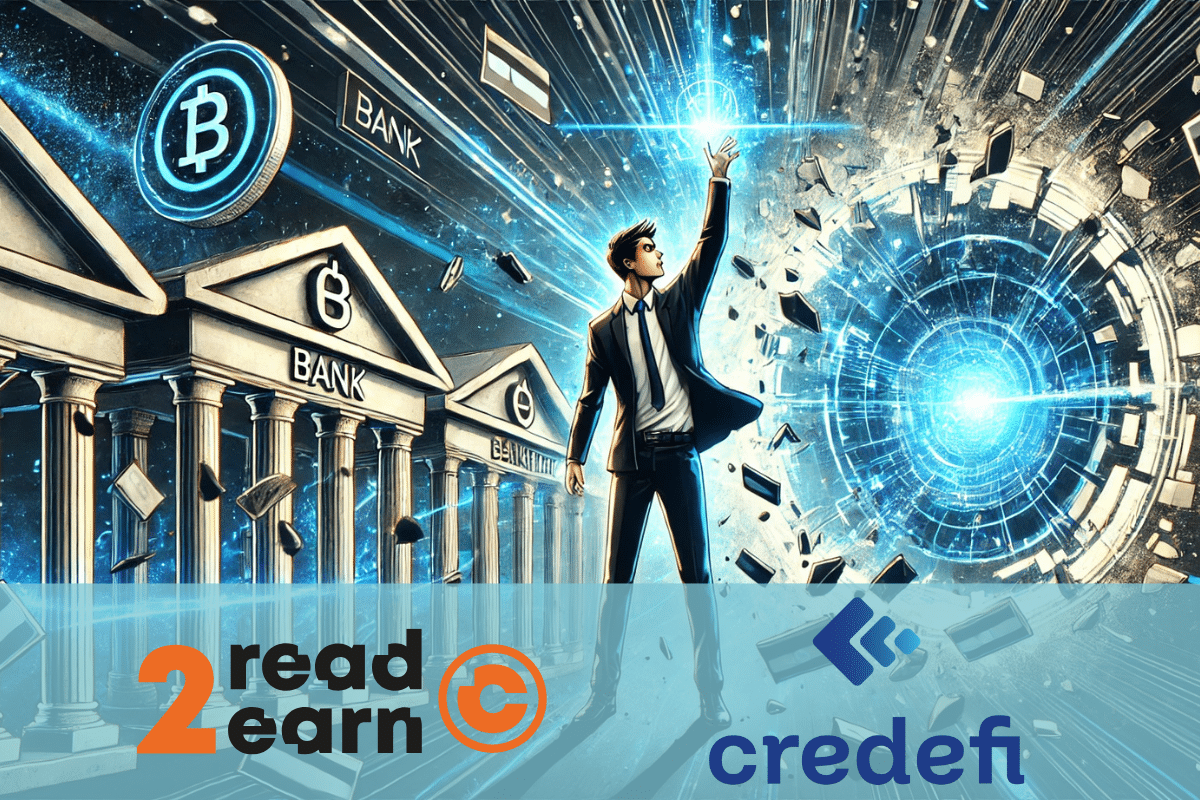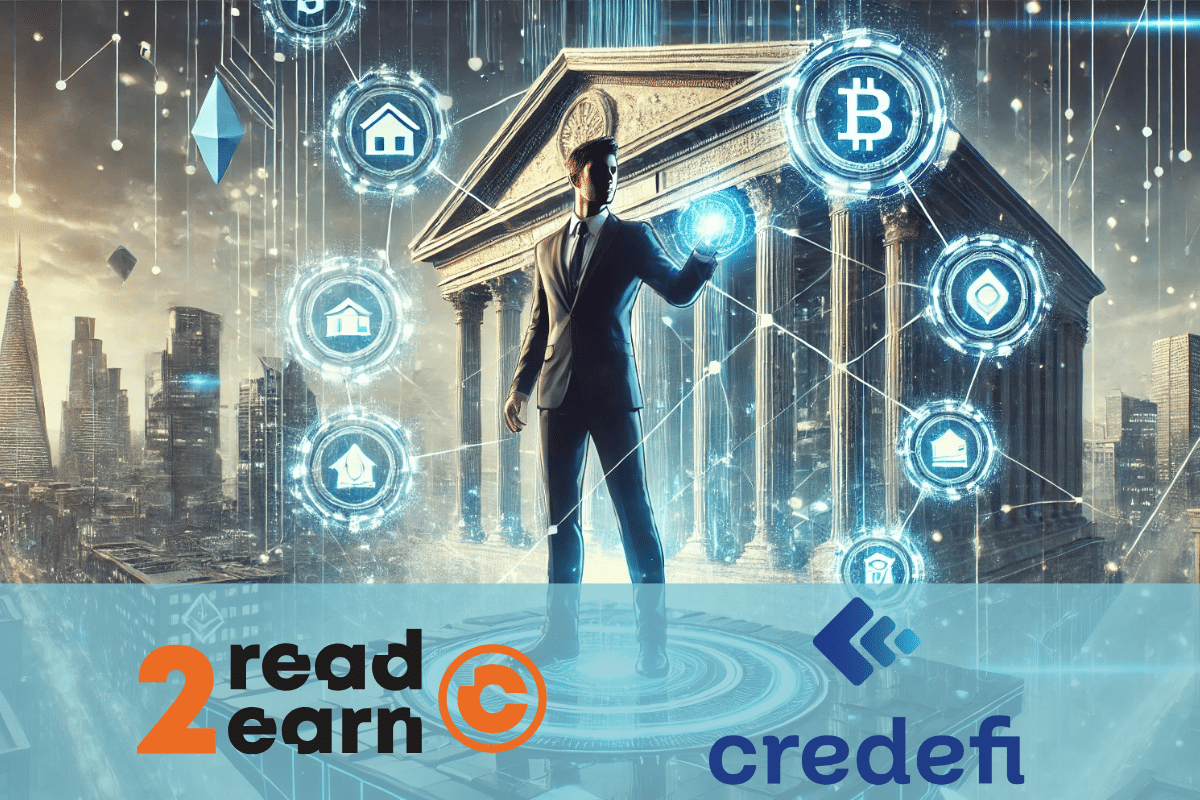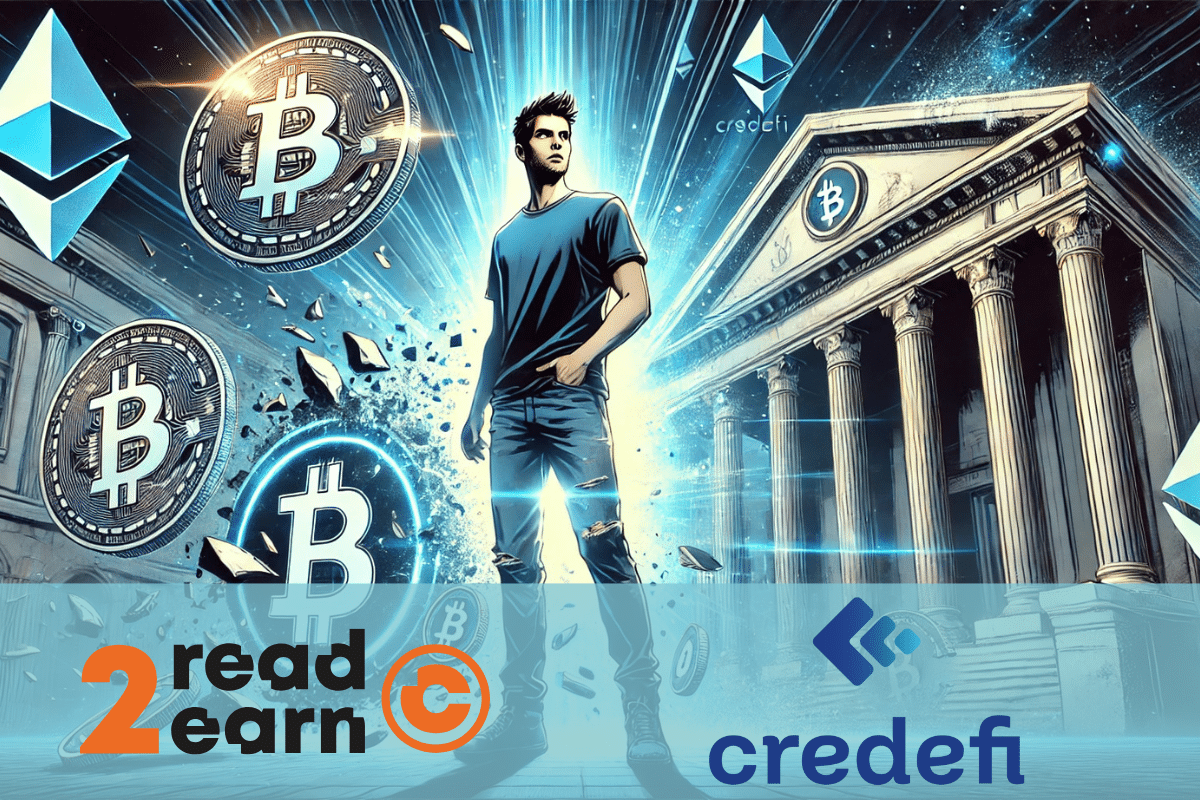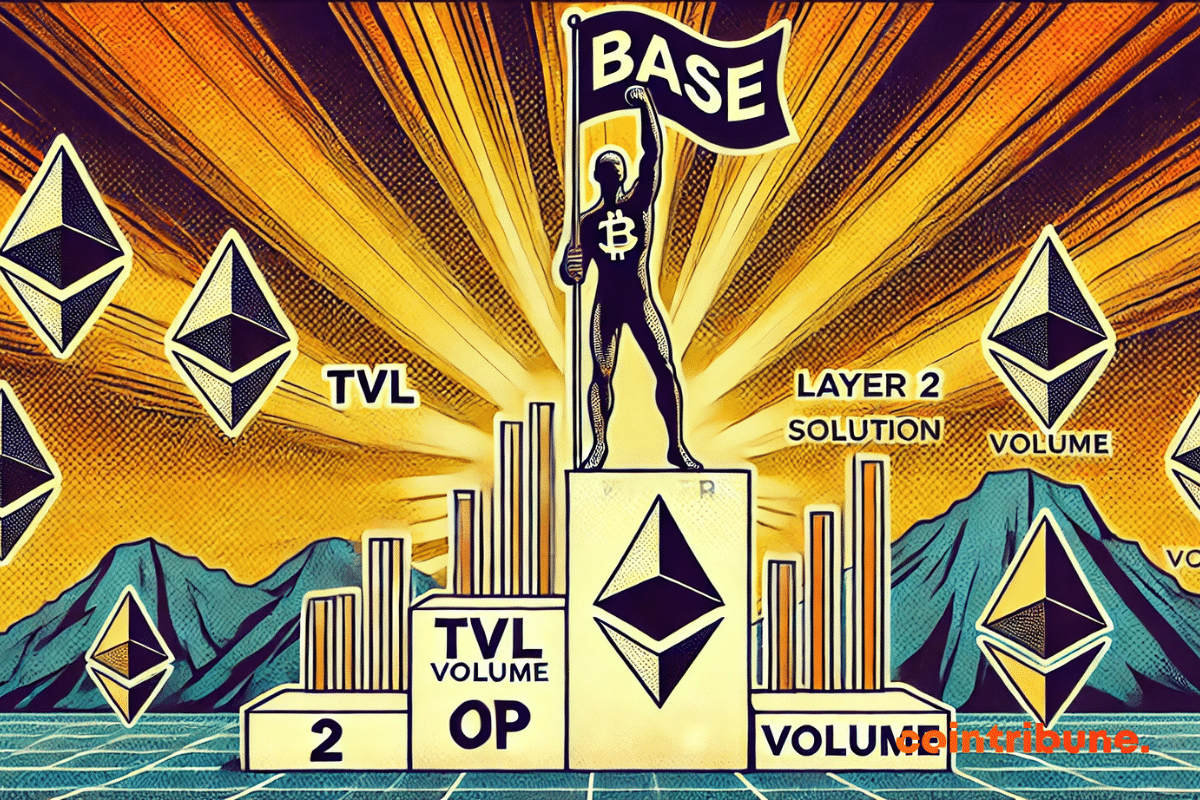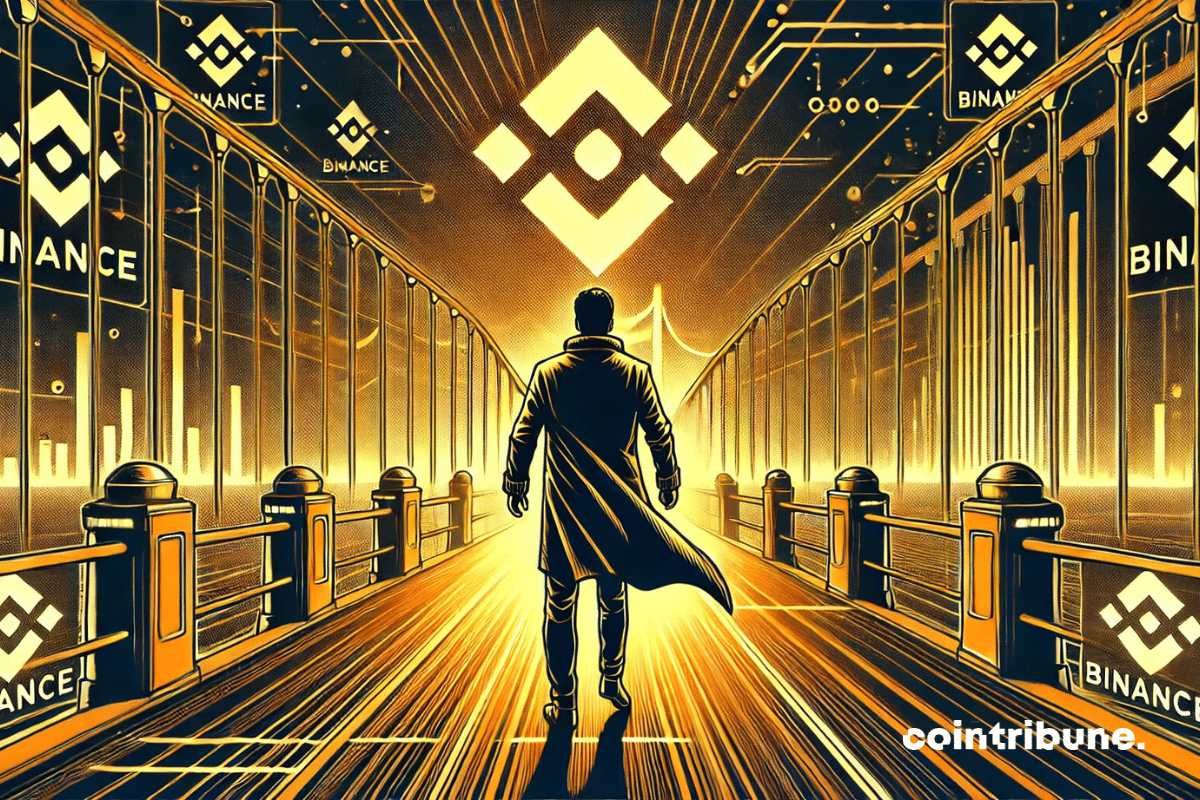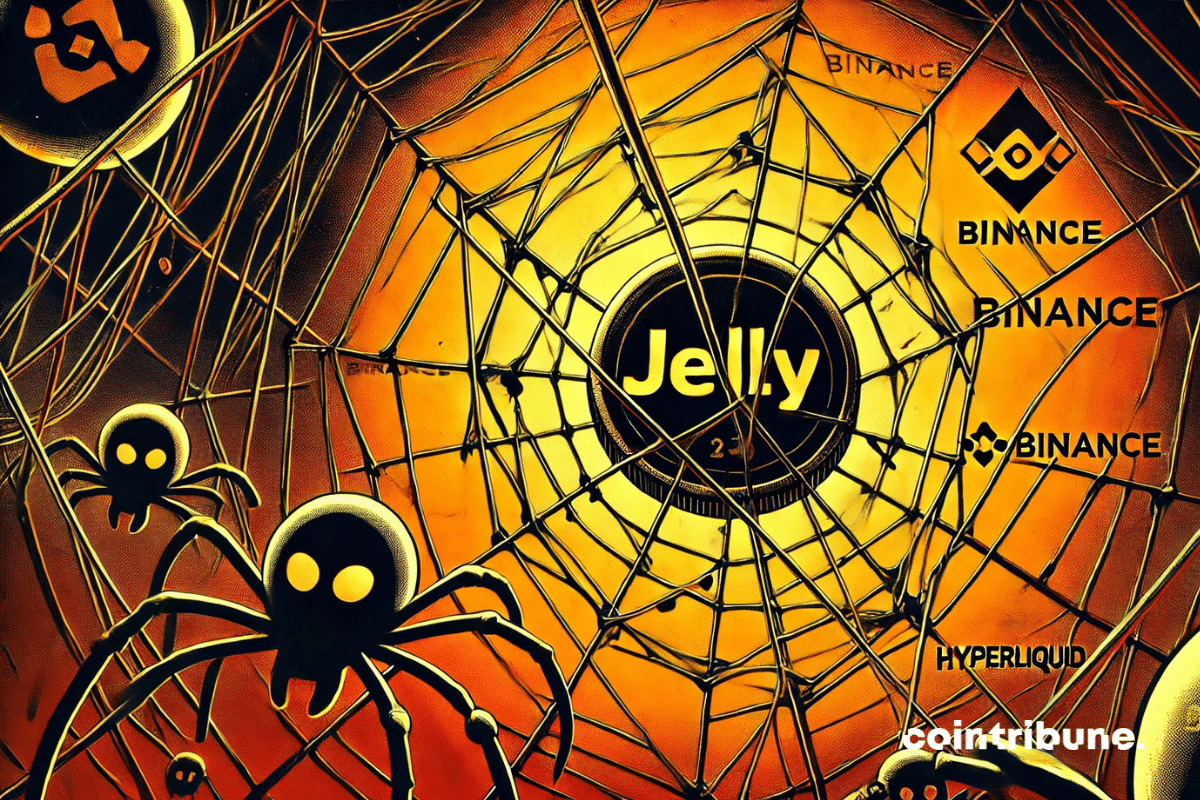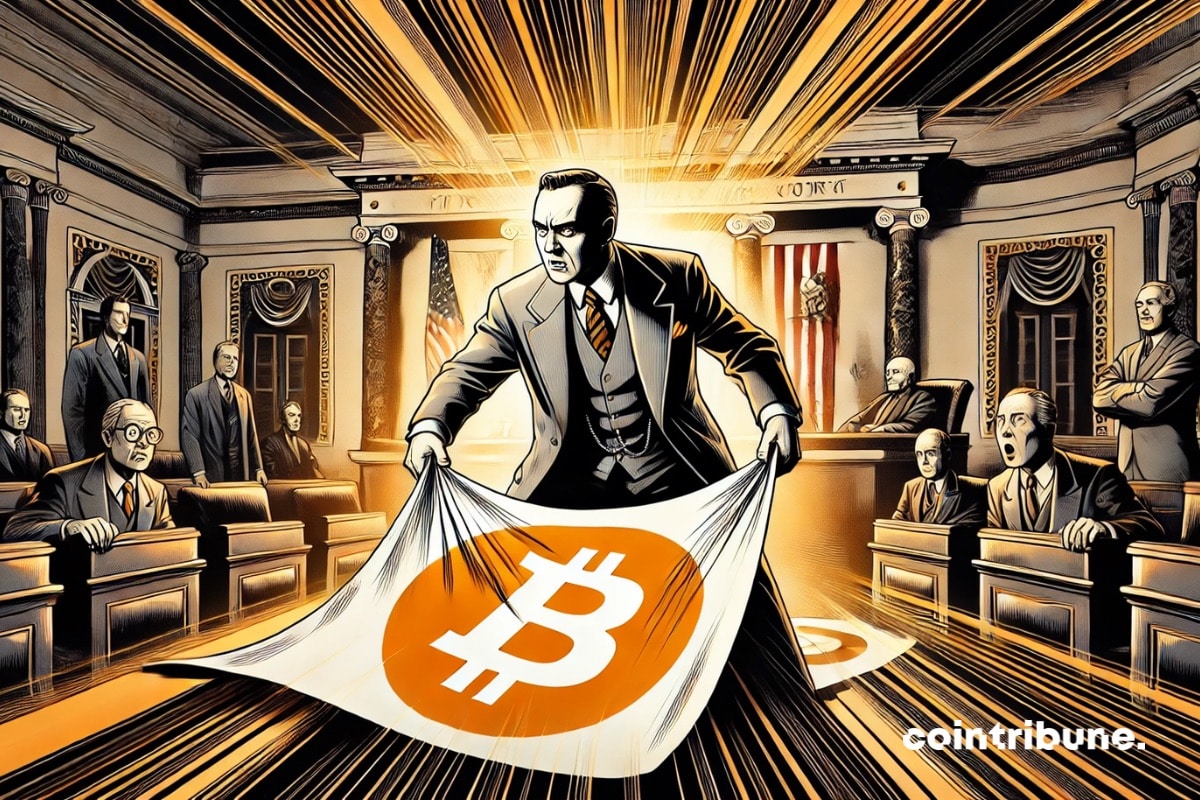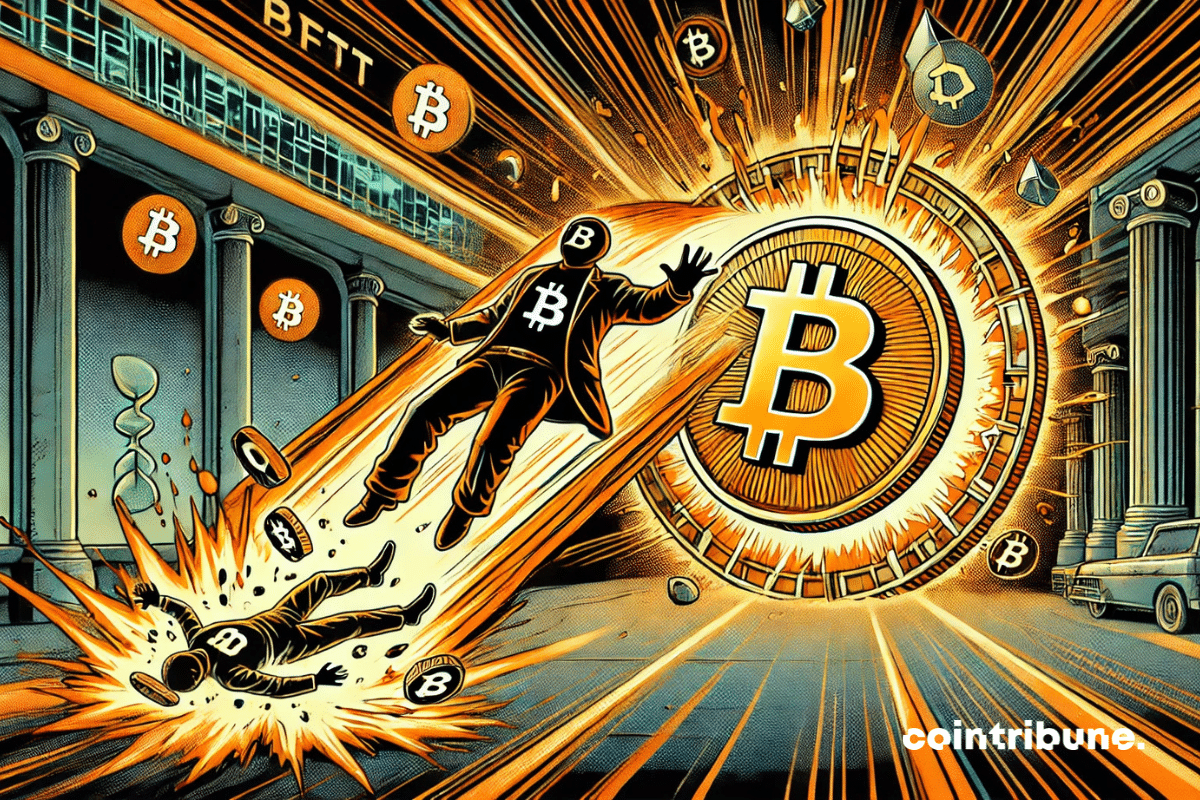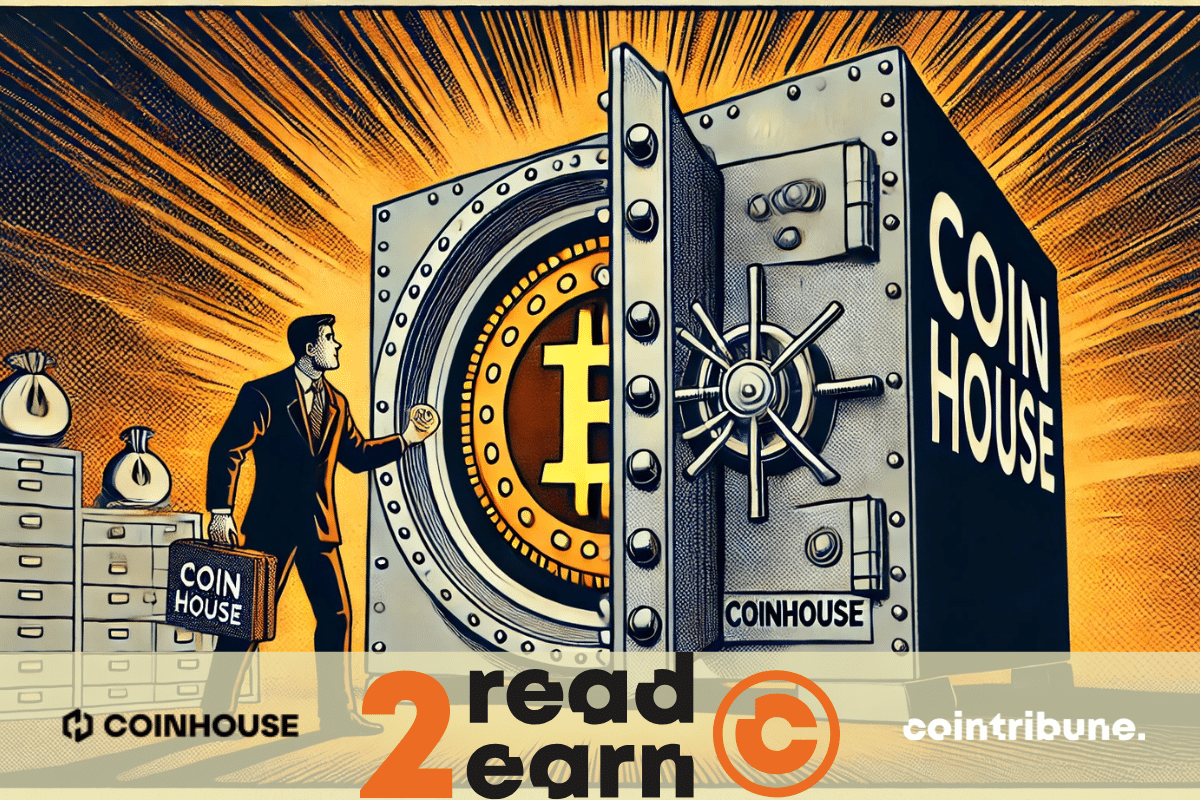Under the guise of progress, Paris is rolling out the red carpet for crypto lombard credit... but the banks couldn't care less, and Bercy is already pulling out the calculator to tax the bold.
Theme DeFi
The Bitcoin DeFi ecosystem shows contradictory signals. The Rootstock platform records a spectacular increase in its network security in the first quarter of 2025, even as the total value of investments and user activity significantly decline.
AI in crypto: an impressive breakthrough! AI DApps challenge the leaders of Web3. Analysis of the figures from DappRadar.
And what if banks, the secular pillars of global finance, were living their last years? This is not the warning of a crypto maximalist, but that of Eric Trump. From the podium of Liberty University, the businessman warned: without rapid adoption of cryptos and blockchain, banks could disappear within a decade. Thus, in a context where decentralized finance is gaining ground, this position reveals the flaws of a rigid system faced with a rapidly accelerating technology.
Web3 marks a significant transformation of the Internet. It relies on decentralized technologies like blockchain to provide users with greater autonomy. This approach alters data management and strengthens digital ownership. In the video game industry, Web3 introduces innovative platforms and games. These new infrastructures grant players complete control over their assets and allow for the emergence of open virtual economies. Web3 games disrupt traditional models by integrating NFTs, cryptocurrencies, and smart contracts. This article analyzes these advancements, explains how they work, and examines their influence on the future of gaming.
Web3 gaming relies on blockchain technology to offer a more transparent and autonomous gaming experience. This technology securely records digital assets and transactions. Web3 promises decentralization by eliminating intermediaries and granting players true ownership of their virtual items. On their part, NFTs and smart contracts ensure this autonomy and promote an open economy. However, this decentralization remains theoretical in many cases, as some games retain centralized elements. This article explores the reality of Web3 gaming by analyzing its actual level of decentralization.
Despite a bleak market climate, Ethereum is sending a strong signal: 449,000 ETH have been transferred in one day to accumulation addresses, an all-time record. This strategic movement, observed amid falling prices, reveals a persistent confidence among some long-term investors. Contrary to the prevailing sentiment, this operation raises questions about a possible cycle change, as volatility remains high and economic uncertainties continue to weigh on the entire crypto sector.
The traditional bond market remains complex, opaque, and reserved for an elite. Credefi is shaking up these norms by launching NFT Bonds, an innovative solution that makes investing in corporate bonds accessible, transparent, and profitable for everyone, thanks to the tokenization of real assets and the power of DeFi.
In the bustling city of Dubai, a company named Nexum has been quietly working behind the scenes for years to build a solution that could revolutionize global financial management. With blockchain technology at the core of its approach, Nexum's mission is to bridge the gap between traditional financial systems and the decentralized future. Its goal: to offer solutions that are both innovative and tailored to the real needs of industries such as maritime transport, trade finance, and commodities. As global economies face inefficiencies and regulatory challenges, Nexum's blockchain-powered solutions provide a pathway to a future where financial transactions are faster, more secure, and more inclusive.
Bitcoin is playing the star, but altcoins are sharpening their promises. Between wild memecoins, restrained regulators, and creative projects, 2025 could well offer a dance of outsiders.
Cointribune is happy to invite you to participate in its new Read to Earn (R2E) quest on Credefi. This unique initiative not only allows you to earn crypto rewards but also to deepen your knowledge about this DeFi platform and the tools to succeed in this crypto field.
Crypto loans provide an alternative to traditional financing, offering borrowers a fast, flexible, and accessible solution. Unlike banks, these loans allow access to capital without intermediaries, ensuring transparent and secure conditions. Credefi stands out in this sector by combining decentralized finance (DeFi) and traditional finance (TradFi) to offer loans backed by real-world assets (RWA). By leveraging smart contracts, the platform automates fund management and reduces risks. This article explores how crypto loans work on Credefi, the available solutions, and their applications for businesses and investors.
Staking has become one of the most popular ways to generate passive income in the DeFi universe. It allows investors to lock their tokens to secure a network while receiving rewards in return. Credefi offers an innovative staking model based on Module X, a mechanism designed to provide competitive yields while protecting investors. With its governance token xCREDI, participants benefit from enhanced security and a more direct involvement. This article explores how staking works on Credefi, its yield opportunities, and the best strategies to maximize profits while minimizing risks.
Obtaining appropriate financing remains a major challenge for small and medium-sized enterprises (SMEs). Traditional banking solutions impose strict conditions, long timelines, and high collateral requirements. In the face of these obstacles, many businesses are seeking more flexible alternatives. Credefi is revolutionizing financing by combining decentralized finance (DeFi) and traditional finance. Through the integration of blockchain and real-world assets (RWA), the platform offers quick, secure, and accessible loans for SMEs. This article explores the financing solutions offered by Credefi, highlighting their impact on the growth and financial management of businesses.
Tokenized loans are revolutionizing investment by combining the advantages of DeFi and traditional finance. By tokenizing debt instruments, they offer better liquidity, greater transparency, and easier access to funding. Credefi leverages this innovation by allowing investment in loans secured by real-world assets (RWA), transformed into fractional NFT bonds. This approach ensures stable returns, optimal fund security, and decentralized management of investments. This article explores how tokenized loans work, their advantages, and their integration within the Credefi ecosystem.
Real-world assets (RWA) provide a crucial solution for stabilizing decentralized finance (DeFi). Unlike purely crypto loans, RWAs offer tangible collateral, thereby reducing default risk and attracting institutional investors. Currently, DeFi suffers from high volatility, a lack of physical collateral, and limited access to structured financing. These challenges hinder its large-scale adoption. Credefi addresses these issues by integrating RWAs into its lending solutions, combining the security of traditional assets with the transparency and efficiency of blockchain. This article explores how Credefi facilitates investment in RWAs to enhance the security and profitability of DeFi.
Credefi establishes itself as an innovative platform that merges traditional finance (TradFi) and decentralized finance (DeFi) to provide a secure alternative for lending and investment. While TradFi struggles to meet the financing needs of small and medium-sized enterprises (SMEs), DeFi still suffers from high volatility and a lack of institutional recognition. Credefi addresses these issues by combining real-world assets (RWA) as collateral, a credit scoring model validated by Experian, and advanced regulatory compliance solutions. This article explores how Credefi builds a bridge between these two worlds to make DeFi more accessible to institutional investors.
Traditional loans suffer from administrative burdens, high collateral requirements, and prolonged timelines. In parallel, decentralized finance (DeFi) offers a faster and more accessible alternative, but still faces challenges related to volatility and the lack of a structured regulatory framework. Credefi provides an innovative response by combining the strengths of TradFi and DeFi. Its platform allows access to secured loans, backed by real-world assets (RWA) and recorded on the blockchain. This article explores how Credefi is revolutionizing DeFi lending with its hybrid solutions, blending transparency, stability, and accessibility.
Amid a strong daily volume, a hefty TVL, and millions of transactions, Base is pulling ahead. What if the Layer 2 battle already has its silent winner?
WLFI, whose partner is the Trump family, is testing its stablecoin with a USD1 airdrop. While this initiative attracts attention, it also raises concerns about regulation.
When the crypto market succumbs to hype and spectacular narratives, fundamental signals get drowned out in the noise. However, it is precisely in these phases of disconnection between valuation and on-chain data that real dynamics take shape. Solana embodies this paradox today. Driven by metrics in sharp progression, yet underestimated by the market, the blockchain offers a very real potential that few seem willing to face.
According to a recent report by Binance Research, Bitcoin could undergo a major transformation, evolving from a mere store of value to a true productive asset. This shift is driven by the rapid expansion of decentralized finance based on Bitcoin (BTCFi), whose total value locked has surged by over 2,700% in one year.
The year 2025 starts on a contrasting note for the crypto industry. While DeFi protocols suffer from a marked decline in their total value locked (TVL), decentralized applications, especially those focused on artificial intelligence (AI) and social networks, show solid growth. What are the drivers of these opposing dynamics and what prospects lie ahead for the ecosystem in the coming months?
March 2025 marks a significant turning point in the DeFi ecosystem: Ethereum regains the lead in the rankings of blockchains in terms of trading volume on DEXs, surpassing Solana for the first time since September 2024. A turnaround that occurs in a pressured market, with a notable decline in activity on Solana, particularly on its flagship platforms.
Binance merges two worlds that are opposed to each other. For the first time, users of a centralized exchange can interact with DEXs without leaving their interface. An innovation that radically simplifies access to DeFi, which has long been hindered by its technical complexity. By unifying these universes, Binance could well reshape the future of crypto exchanges.
They said DeFi was invincible. Then came JELLY, so tender, so toxic. An invisible loss, a cry in the code. And trust, like the blocks, collapsed.
There are moments when politics and tech collide head-on. And this time, it is crypto that has won a decisive round in Washington. The IRS rule regarding "brokers" of digital assets, which was set to take effect in 2025, has just been completely swept away. The Senate voted to repeal it, and Donald Trump is expected to sign it, serving as a final stamp on a rule that no one really wanted to enforce.
The hype has faded like a poorly minted NFT: the flamboyant tales of Bitcoin are fading away, leaving only the echo of a promise sold too soon.
Purchasing cryptocurrencies can seem complex and intimidating, especially for beginners discovering this universe. Between unregulated platforms, hidden fees, and sometimes obscure procedures, it is vital to find a simple and secure solution. Coinhouse, the first French platform regulated by the AMF, stands out by offering a transparent and intuitive framework to guide new users in their first steps. In this article, we detail the step-by-step purchasing process, from account creation to KYC. We will also explore the many advantages that make Coinhouse an ideal option for beginner investors.
Investing in cryptocurrencies can seem complex, especially when it comes to understanding the fees imposed by platforms. However, these costs can greatly influence the profitability of your investments. Coinhouse, the first French platform regulated by the AMF as a Digital Asset Service Provider (PSAN), positions itself as a trustworthy choice thanks to its transparency and secure framework. Whether you are a beginner or an experienced investor, it offers you competitive fees and unique support. Discover in this article a detailed analysis of the fees applied by Coinhouse, a comparison with other platforms, and the advantages it offers to simplify your crypto investments.






